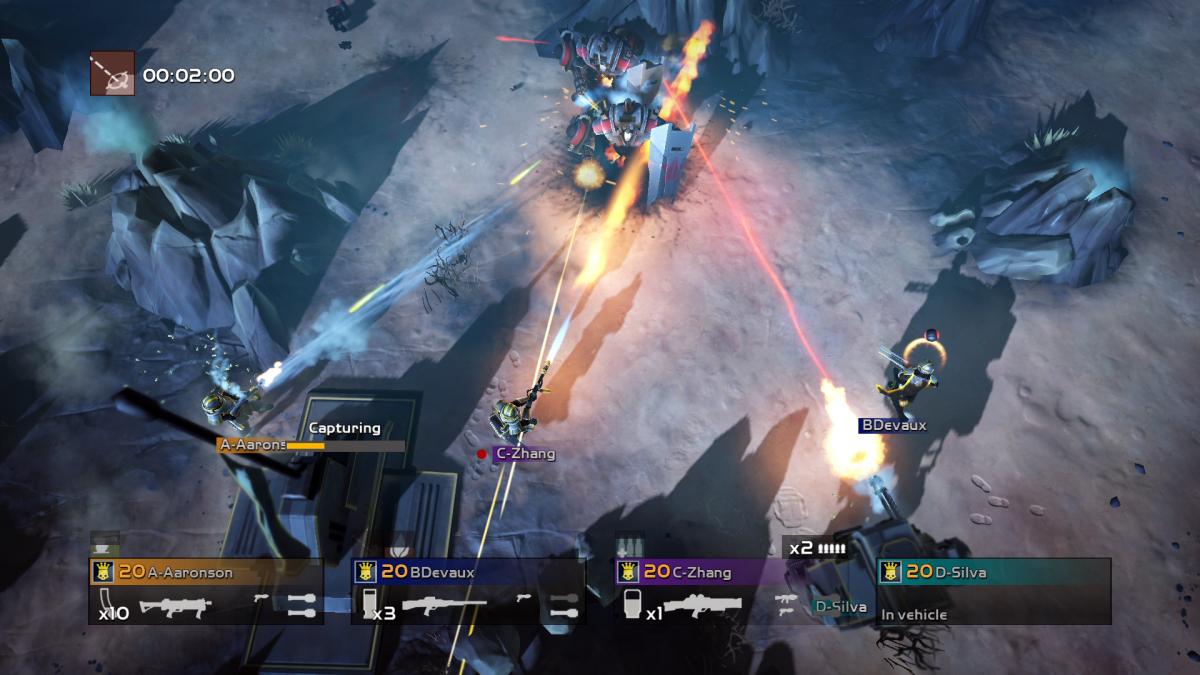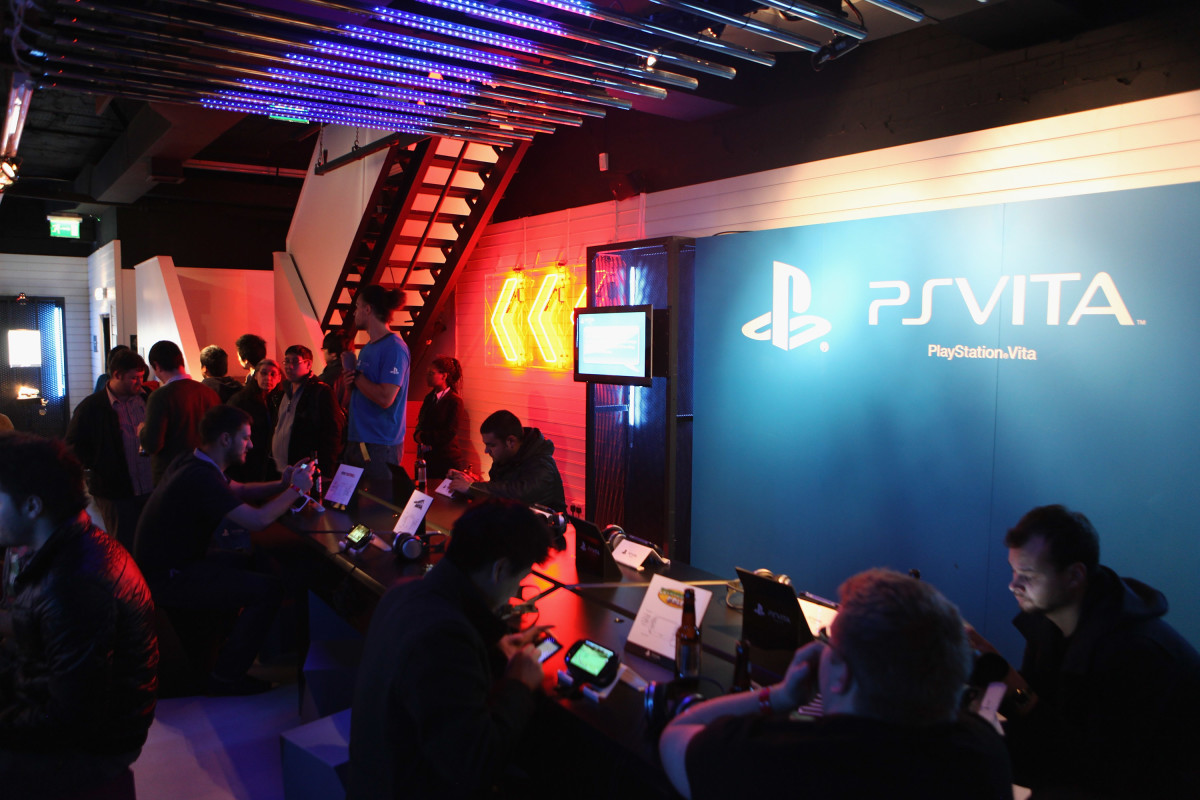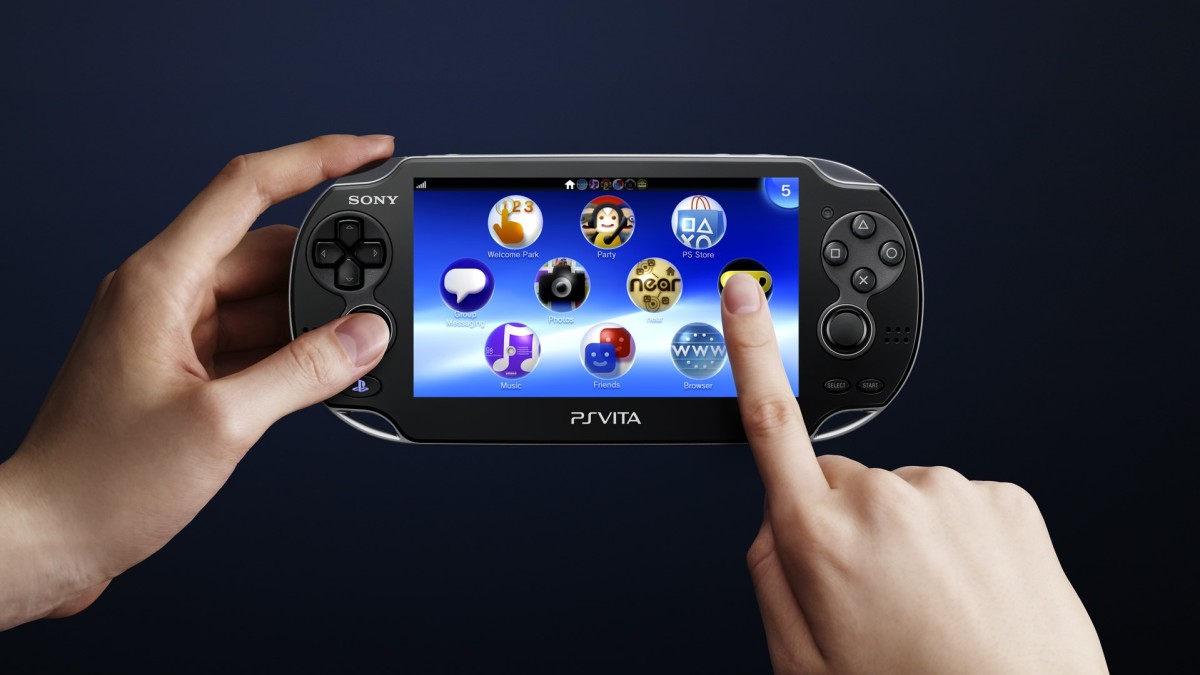On the PS Vita's 12th birthday, Helldivers 2 reminds me what a brilliant console it was

The start of 2024 has been packed with more games than we could play, and despite everything trying desperately to draw our attention, most of us have been spending all of our free time on Helldivers 2. As the game went viral, more and more people began realizing that they couldn’t remember a Helldivers 1. How serendipitous that this conversation would be happening right around today, which happens to be the PlayStation Vita’s 12th birthday.
The original Helldivers was launched on the PS Vita in March 2015, and almost nine years later, people are digging out their old consoles to play it again. While Helldivers, and other gaming revivals, have inspired people to pick up older consoles, this is quite difficult with how rare the Vita is. The Vita was an incredible console. The OLED screen, the simultaneous release of both home and handheld versions of games, and the PSTV allowing you to play both on the big screen and the small, show how it was over a decade ahead of the Nintendo Switch and the Steam Deck in terms of innovation. Yet, the Vita flopped horrifically and irredeemably in the West.

The most common conclusion that people jump to is that “the Vita had no games”, but we know this isn’t true, as the Vita had well over a thousand published titles by the time production stopped in 2021. The problem lies entirely with the English-speaking world and how Sony utterly fumbled its cash cow. There is no definitive answer to how PlayStation in North America and Europe buttered the baby, but as someone who has lived a long time in both regions, I have my suspicions.
PlayStation Vita launched with two versions. A cheaper version that would require a Wi-Fi connection if you want to download games, and a more expensive version with built-in 3G. Wi-Fi is still the industry standard, and while downloading games on the go is a neat perk, it’s by no means necessary. Yet Sony wanted to push this more expensive model and understocked the Wi-Fi version. This had the opposite effect. When people found they couldn’t buy a cheap Vita, they bought a Nintendo 3DS instead.

There was another decision made only to squeeze every penny possible out of the portable powerhouse. The Vita comes with no internal storage, and requires proprietary memory cards in order to download and save games. These come in 4GB, 8GB, 16GB, and 32GB with the final one costing almost $100. There are two reasons for this baffling decision. The first is the obvious – Sony likes money – and the second reason loops back to the first. The PSP is well-known as being easy to hack and great for emulation and Sony wanted to stop this being the fate of the PS Vita at all costs. The cost in this case was the death of the Vita in the West, and in the end, people hacked it all the same.
These two points are brought up fairly frequently, but I think the Vita could have thrived in spite of these as it did in Japan. The way the Vita was marketed in Japan differs from the West in one key way; it was marketed to women. You might be surprised to have read that there were 60 Vita console variations, and that’s because they didn’t come to the West. In 2012, Henry PlayStation proudly announced that the Vita could be in “any color the customer wants, as long as it’s black.” This mantra continued when the PS Vita Slim launched in 2014. In Japan you could buy a Vita to match every outfit, and plenty of consoles decorated in gaming designs. There was even a Vita designed in collaboration with the fashion brand MercuryDuo with a cute carry case and cleaning cloth to match.

Around a thousand Vita games were published in the West, but Japan received a further 500. These were mostly visual novels or JRPGs, surrounding subjects like murder mysteries and romance — games favored by women. During my ten years in Japan, every time I wandered down the Vita aisle it was full of young women picking up cute accessories for their handhelds, and hot husbandos to play on it. PlayStation has a more grizzled, middle-aged white dad vibe in the West, and marketing tried to focus heavily on this demographic. However, this didn’t play to the Vita’s strengths. If people wanted to play these focus-intensive games, they were better off doing so at home.
Following the success of the Nintendo Switch, the Steam Deck, and even PlayStation’s own Portal, there are rumors that PlayStation could enter the handheld market once again. Personally, I really hope it does, but only if it learns from the mistakes of its past, allowing for the next generation of portable consoles to appeal to a wider demographic.
